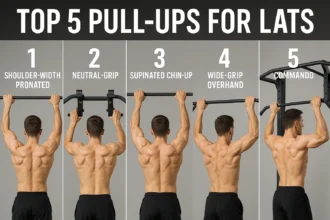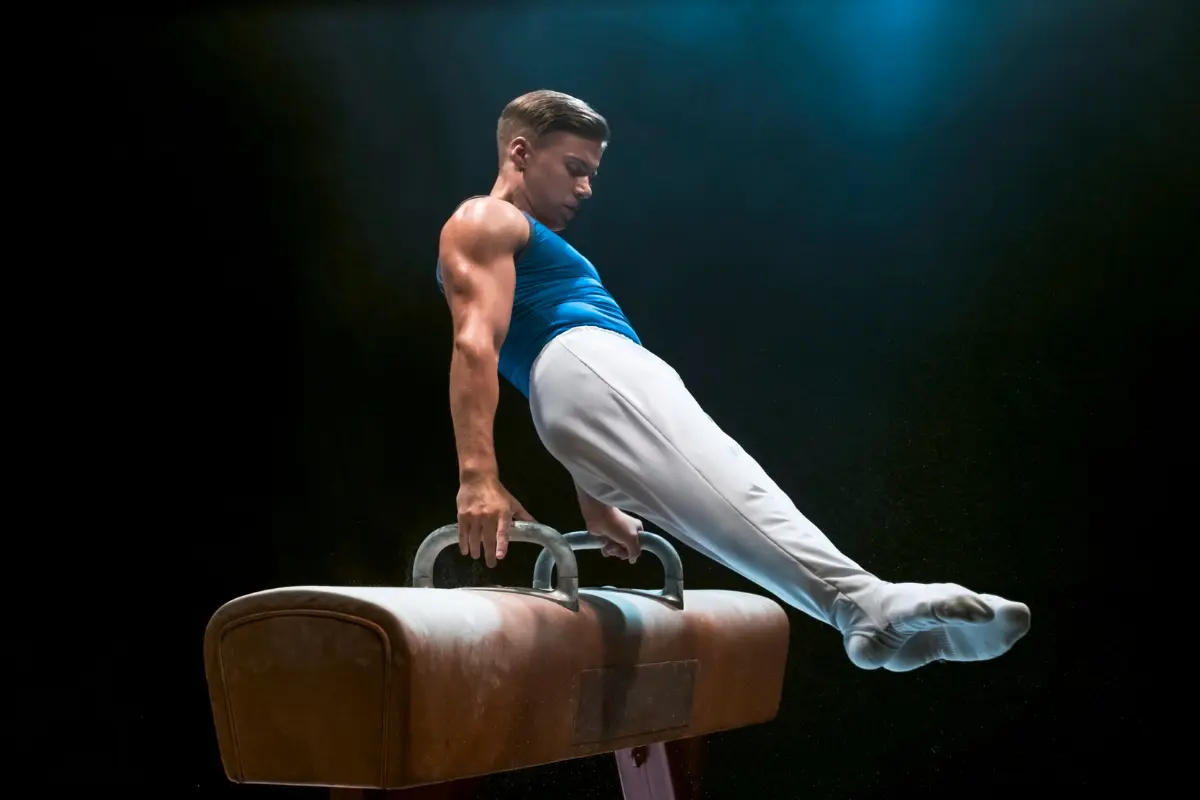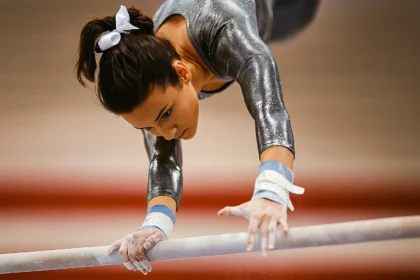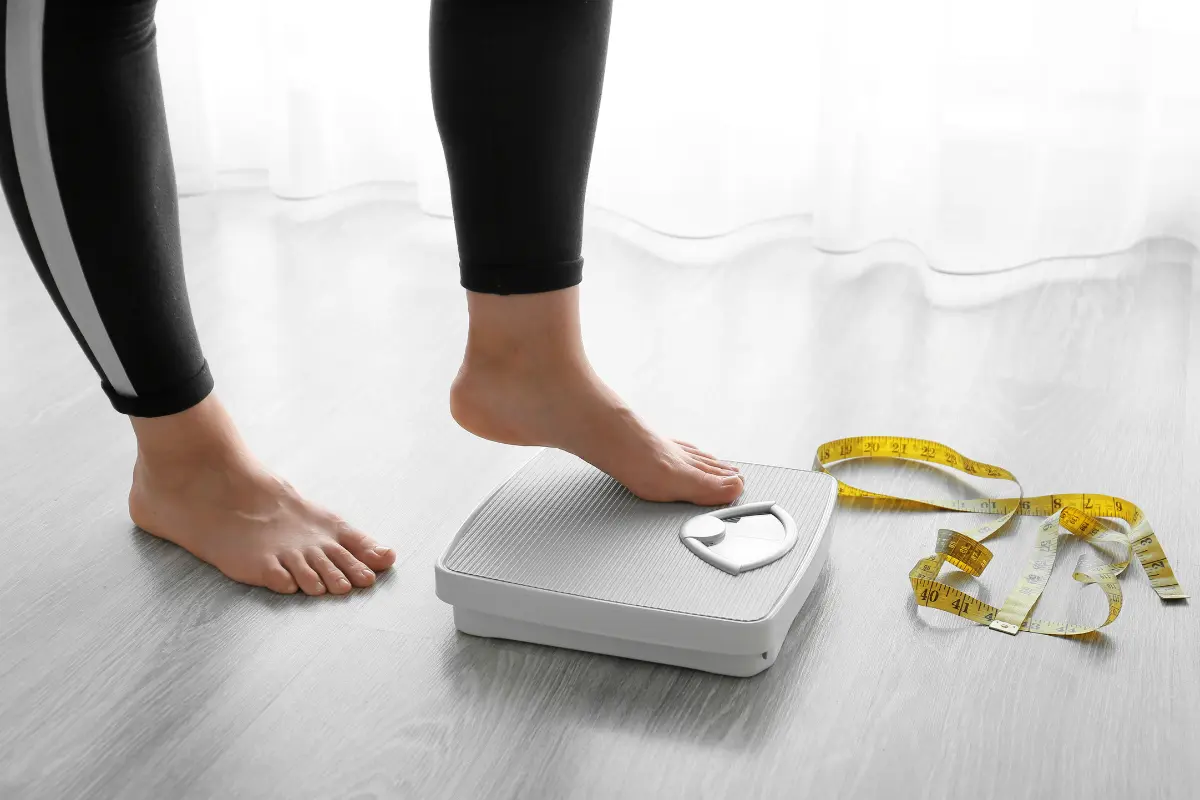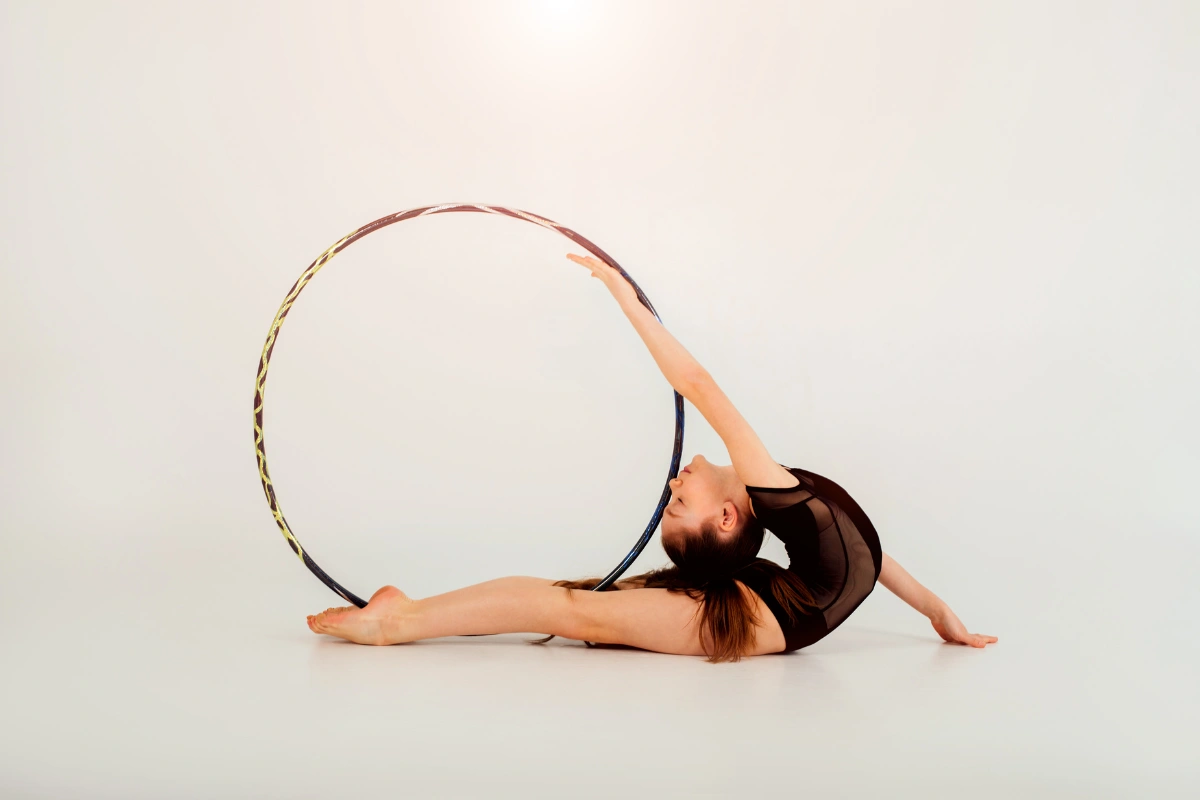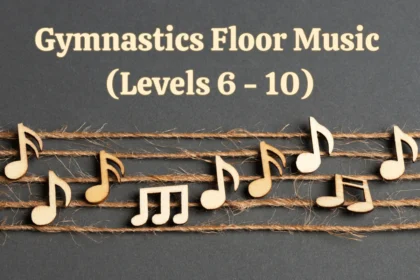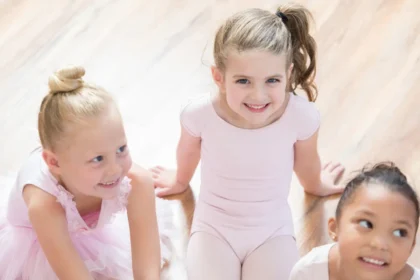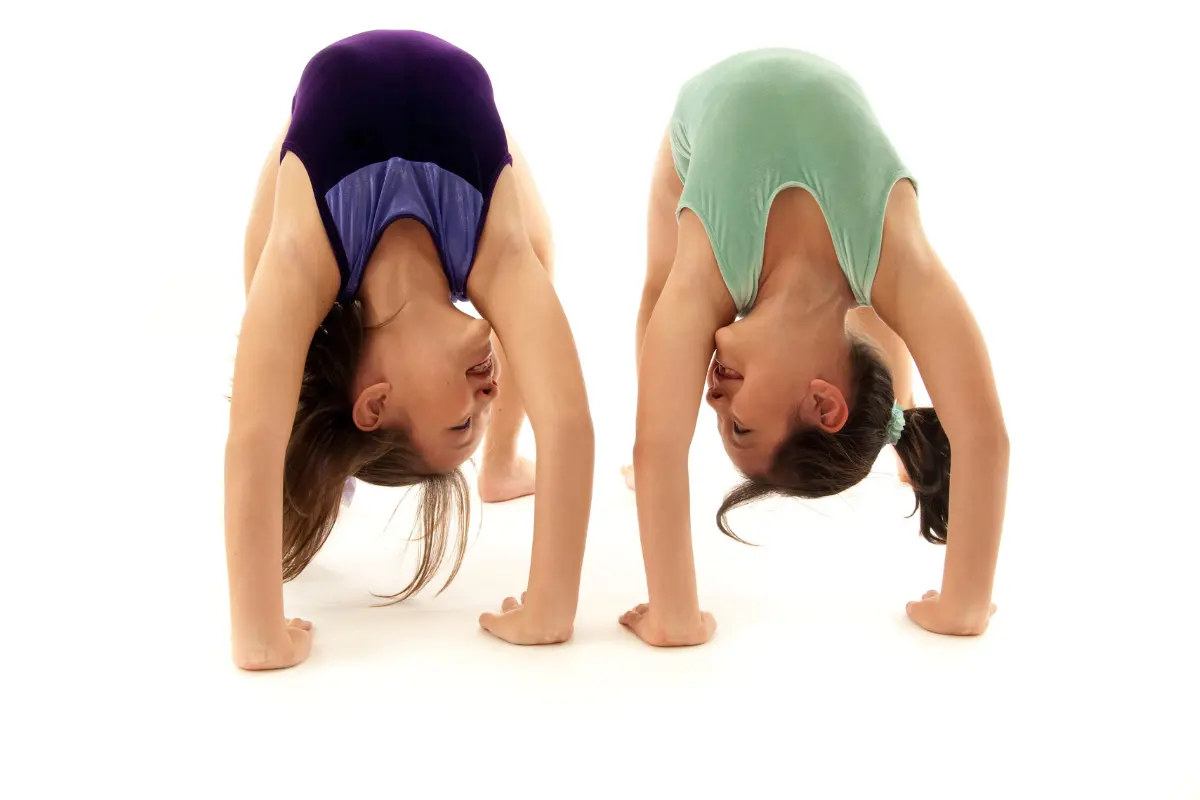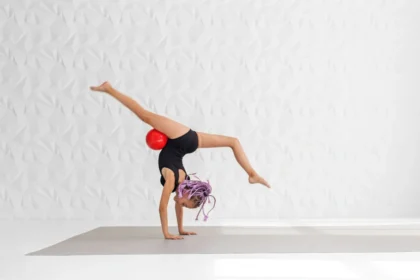The pommel horse is a key apparatus in men’s artistic gymnastics, used to showcase strength, balance, and coordination through a series of swinging, circling, and balancing movements. It consists of a padded, wooden body placed on two vertical supports, with two handles, also known as pommels, attached to the surface.
Dimensions
- Height: The pommel horse stands about 1.25 meters (approximately 4 feet) high.
- Length: It measures 1.6 meters long (around 5.25 feet).
- Width: The width typically ranges from 35 to 40 cm (roughly 14 to 16 inches).
These dimensions create a stable base, allowing gymnasts to perform dynamic, controlled movements.
The Origin of the Name
The name “pommel horse” comes from the word “pommel”, referring to the handles on top of the apparatus. The word “pommel” itself originates from the French word “pommel”, meaning a rounded knob or handle, typically used in the context of a saddle or other equipment. Historically, the pommels on the apparatus resembled those found on horse saddles, which gymnasts would grip for balance during training.
Historical Context
The pommel horse was developed in the early 19th century by Friedrich Ludwig Jahn, a German gymnastics pioneer. Jahn designed the apparatus as a training tool to help soldiers improve their strength, coordination, and balance. The original version of the pommel horse resembled a horse, with a padded body and pommel-like handles for grip. Gymnasts would use the pommels to maintain stability while performing various exercises.
As a result, the name pommel horse became associated with the apparatus, reflecting both its horse-like appearance and the pommels used for support. Today, the pommel horse is a key apparatus in men’s gymnastics. The apparatus has evolved into its modern form with padded surfaces and adjustable pommels..
Routine Length
In men’s artistic gymnastics, a typical pommel horse routine lasts between 45 and 70 seconds. During this time, gymnasts must perform a series of continuous movements, maintaining a steady rhythm and control. There are no pauses allowed during the routine; gymnasts must keep moving from the moment they mount the apparatus until they dismount.
The short duration challenges the gymnast to perform a seamless routine that demonstrates both technical skill and endurance.
Common Moves and Elements in a Pommel Horse Routine
A pommel horse routine involves a series of moves that demonstrate a gymnast’s strength, control, and fluidity. Here’s a breakdown of the key moves, from basic skills to advanced techniques:
1. Mounting
The mount is the first step in the routine, where the gymnast jumps or swings their legs over the pommel horse and lands in a stable position. A clean mount is essential as it sets the tone for the rest of the routine, ensuring balance and control right from the start.
Tips for Success:
- Keep your legs straight and toes pointed during the swing.
- Push off your hands to lift your body onto the pommel horse.
- Center your body and keep your arms straight to maintain balance.
2. Traveling
Traveling refers to the movement of the gymnast’s body along the length of the pommel horse, usually while swinging or circling from one pommel to the other. This movement keeps the rhythm going and connects different elements of the routine.
Tips for Success:
- Stay balanced and focused as you swing your legs from pommel to pommel.
- Use your core and arms to maintain smooth transitions.
3. Pommels
The pommels are the two handles on top of the apparatus, which gymnasts grip for support during various movements, like circles and swings. These handles are essential for maintaining stability and control as the gymnast swings their legs around.
Tips for Success:
- Grip the pommels firmly, but keep your wrists relaxed and straight.
- Use the pommels as stable support points during the routine, but let your arms and core guide the movement.
4. Circles (Single and Double)
Circles are a key skill on the pommel horse. In single circles, the gymnast swings both legs around the apparatus in a complete revolution, while double circles require two consecutive rotations.
Tips for Success:
- Keep your legs straight and together to reduce drag.
- Use your arms and core to create momentum for smooth, continuous motion.
5. Scissors
Scissors involve alternating leg swings, where one leg moves forward while the other swings backward in a split position. This move is dynamic, testing flexibility and coordination, and is often used to transition between other elements.
Tips for Success:
- Focus on keeping your body stable while swinging your legs in opposite directions.
- Maintain a steady rhythm to transition smoothly between other elements.
6. Flairs
Flairs are advanced, dynamic movements where the gymnast swings their legs in wide, circular motions. This requires a great range of motion, flexibility, and strength to execute with control.
Tips for Success:
- Keep your legs straight and swing them in large, fluid motions.
- Engage your core and upper body to maintain balance and control throughout the movement.
7. The Hold
The hold is a brief stationary position where the gymnast pauses on the pommels. This element requires strength and balance, testing the gymnast’s ability to maintain control without excessive movement.
Tips for Success:
- Keep your body aligned and engage your core to prevent wobbling.
- Ensure your arms are straight, and your legs are extended fully for maximum stability.
8. Handstand
The handstand on the pommel horse involves transitioning from a swing or circle into a vertical, inverted position, balancing entirely on the pommel horse. It demonstrates strength, balance, and control.
Tips for Success:
- Push up with your arms and shoulders to get into the handstand position.
- Keep your legs straight and aligned in a vertical line.
- Hold the position as still as possible—control is key.
9. Dismounting
The dismount is the final move of the pommel horse routine, where the gymnast exits the apparatus, often with a jump, swing, or flip. The dismount must be executed cleanly and with control to complete the routine smoothly.
Tips for Success:
- Push off the pommel horse with control to initiate the rotation or flip.
- Keep your body aligned during the rotation.
- Land softly with slightly bent knees to absorb the impact and finish the routine smoothly.
Advanced Moves
1. Moore
The Moore is an advanced move involving a circular swing where one leg swings over the pommel and the other swings beneath it, often incorporating a twisting motion. This move adds a high level of difficulty and requires significant control and strength.
2. Spindle
The Spindle is a twisting move performed during a circular swing, with one leg over and the other beneath the pommel. It requires significant upper body strength and coordination, showcasing the gymnast’s ability to handle complex, twisting movements while maintaining control.
Additional Elements
1. Russian Circles
Russian Circles are a variation of standard circles, where the gymnast’s leg movement follows a different pattern. This increases the difficulty of the routine and tests the gymnast’s control and precision.
2. Leg Cuts
Leg Cuts are quick, controlled movements where the gymnast’s legs are brought together or split in specific directions during swings or circles. These movements add style and complexity to the routine, enhancing its overall rhythm.
3. Stalders
Stalders involve transitioning between different positions on the pommel horse, often incorporating a brief moment of balance. This move requires control and strength, adding fluidity and complexity to the routine.
How Pommel Horse is Scored
In men’s artistic gymnastics, the pommel horse routine is scored using a two-part system: the Difficulty Score (D-Score) and the Execution Score (E-Score). The final score is the sum of these two components.
Difficulty Score (D-Score)
The Difficulty Score reflects the complexity of the moves performed during the routine. It takes into account the individual difficulty of each element, including both the required skills and any additional advanced moves performed.
Key Factors for D-Score:
- Element Value: Each move or skill in the routine is assigned a value based on its difficulty. Basic moves have lower values, while more advanced skills (like flairs, handstands, and complex transitions) have higher values.
- Skill Combinations: Performing multiple skills in a fluid combination increases the D-Score, especially if the gymnast demonstrates seamless transitions between elements.
- Connections: Gymnasts can earn additional points by linking elements together, showing fluidity and continuous movement.
How It’s Calculated:
The D-Score is the sum of all the individual element values, plus any bonuses for connections or difficult combinations. The more difficult the skills, the higher the D-Score.
Execution Score (E-Score)
The Execution Score assesses how well the gymnast performs the routine, focusing on precision, technique, and form. The E-Score is given by a panel of judges who evaluate each move for how well it is executed.
Deductions are made for various mistakes or imperfections, including:
- Form errors: Bent arms/legs, incorrect hand placement, or poor body alignment (-0.1 to -0.3 per error).
- Balance errors: A wobbly or unstable position on the pommel horse (-0.2 to -0.5).
- Rhythm or fluidity: Any break in the flow of the routine or awkward transitions (-0.1 to -0.3).
- Poor dismount or landing: Loss of balance or instability on landing (-0.3 to -0.5).
How It’s Calculated:
- The E-Score starts at a perfect score of 10.0 and is reduced based on the deductions made by the judges. Deductions are given for any errors in form, balance, or technique, and the final score is the result of subtracting these deductions from the perfect 10.0.
Final Score
To calculate the final score for a pommel horse routine:
- The D-Score (difficulty) and E-Score (execution) are added together.
- The formula looks like this:
- Final Score = D-Score + E-Score
In modern competitions, the D-Score has no upper limit, while the E-Score is capped at 10.0. As a result, the final score depends on both the difficulty of the routine and how well it is executed.
How Hard Is Pommel Horse in Men’s Gymnastics?
The pommel horse is widely regarded as one of the most difficult events in men’s gymnastics, and for good reason. Here’s a quick comparison of pommel horse and other men’s gymnastics events.
| Event | Focus | Key Skills | Difficulty |
|---|---|---|---|
| Pommel Horse | Balance and Strength | Circles, Scissors, Flairs, Handstand | High: Requires continuous strength, balance, and coordination. |
| Vault | Explosive Power | Sprint, Jump, Rotation, Flip | Moderate: Short duration, but highly explosive and technical. |
| Parallel Bars | Upper Body Strength | Dips, L-sits, Swings, Balancing Moves | High: Requires strength and control in various positions. |
| Rings | Strength & Control | Iron Cross, Muscle-ups, Swings | Very High: Demands extreme upper body strength and muscle endurance. |
| Floor Exercise | Speed & Agility | Tumbling, Jumps, Dance Movements | Moderate to High: Focuses on explosive energy, rhythm, and acrobatics. |
| High Bar | Air Control & Coordination | Release & Catch, Giant Swings | High: Involves dynamic aerial movements, timing, and air awareness. |
Quick Takeaways
- Pommel Horse: Requires endurance, balance, and upper body strength over a longer period.
- Vault: Short and intense, focuses on explosive power for flips and rotations.
- Parallel Bars: Strength-focused, requiring controlled movements in different positions.
- Rings: The most muscle-intensive, focusing on strength and static holds.
- Floor Exercise: Focuses on speed, agility, and aerial skills.
- High Bar: Requires air awareness and perfect timing for release moves.
In short, the pommel horse stands out for its endurance and balance challenges, while other events like vault and rings test explosive strength and muscle endurance. Each event has its own unique difficulty, but the pommel horse is one of the most complex and demanding in gymnastics.



